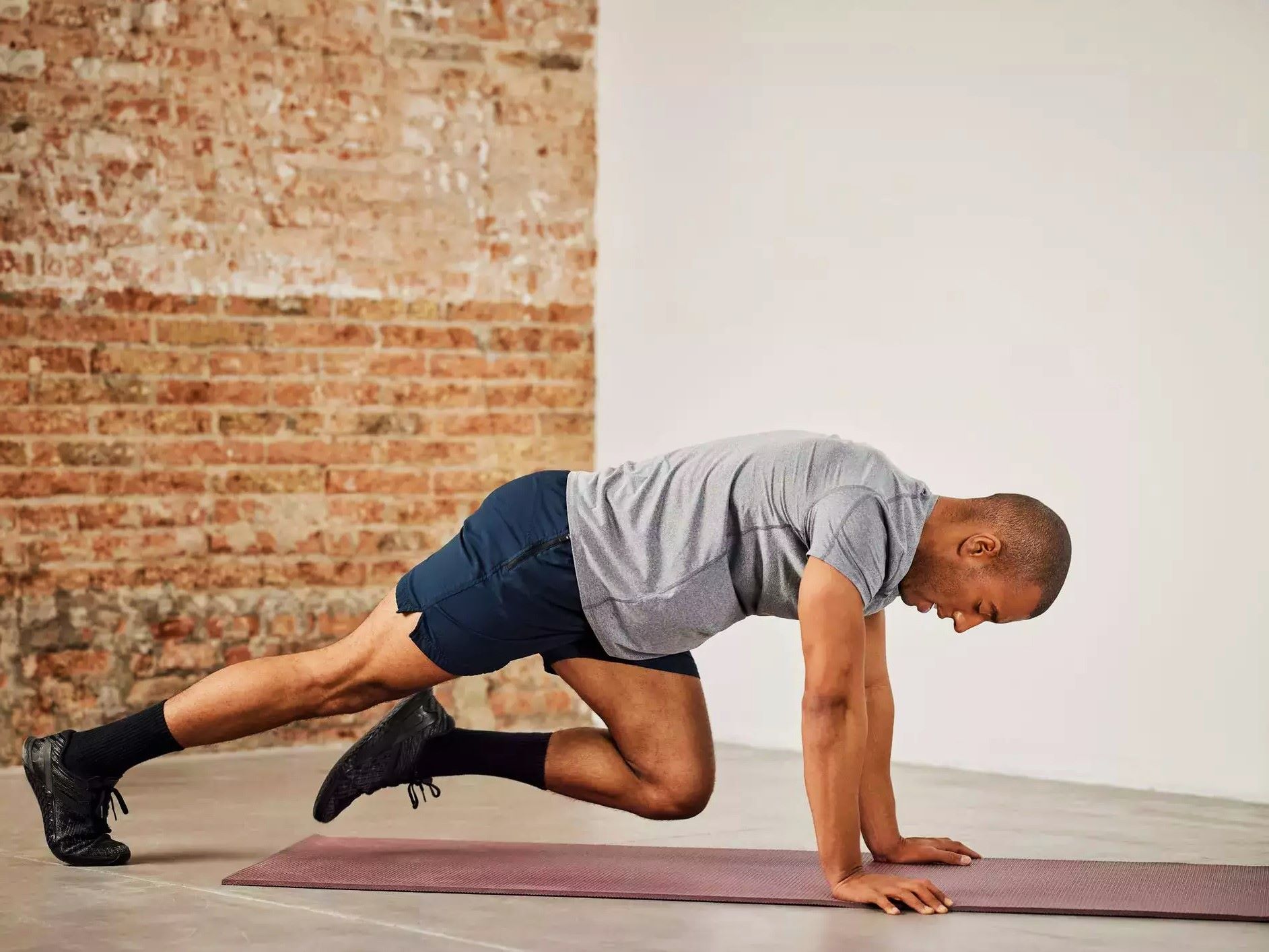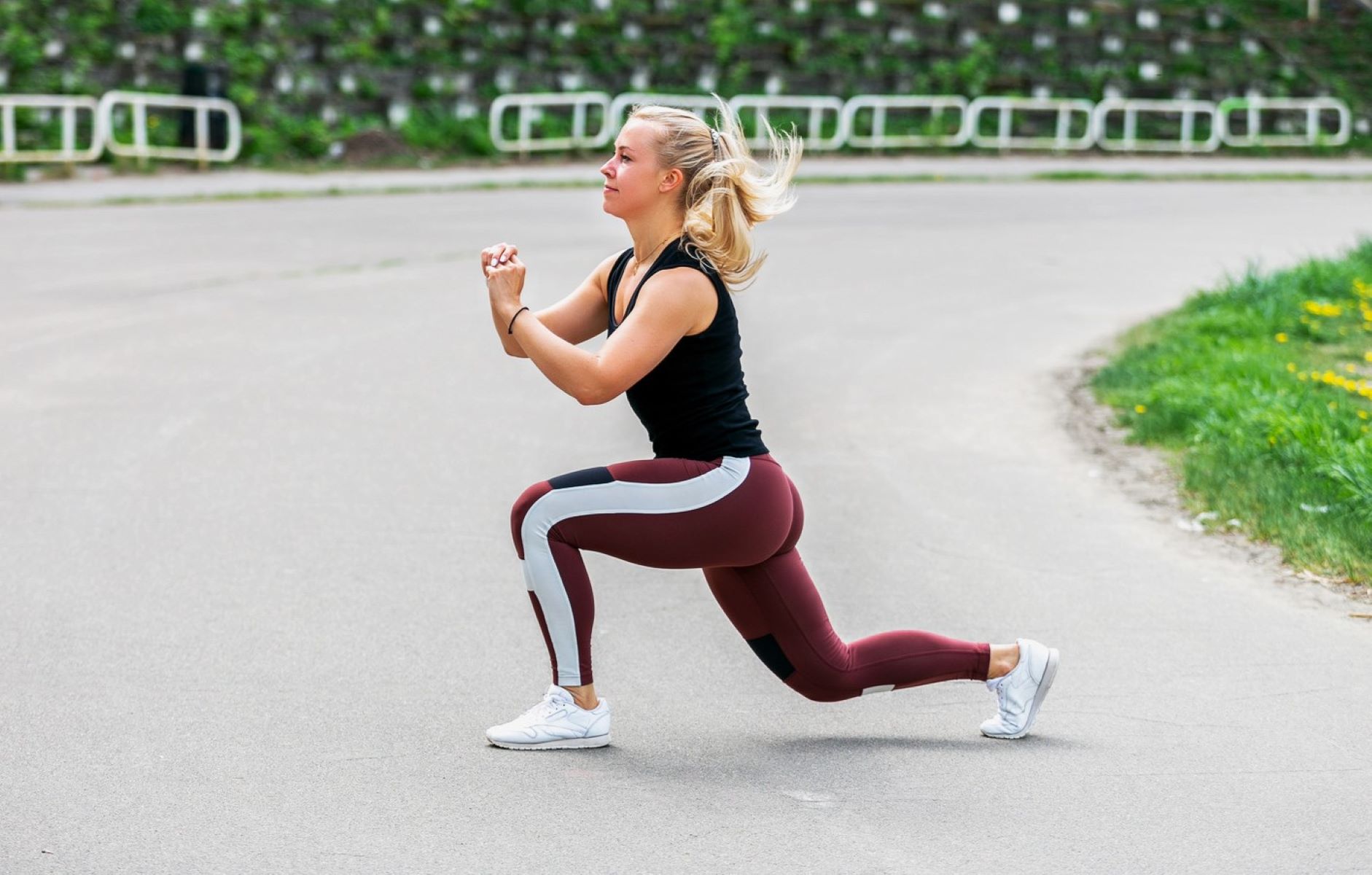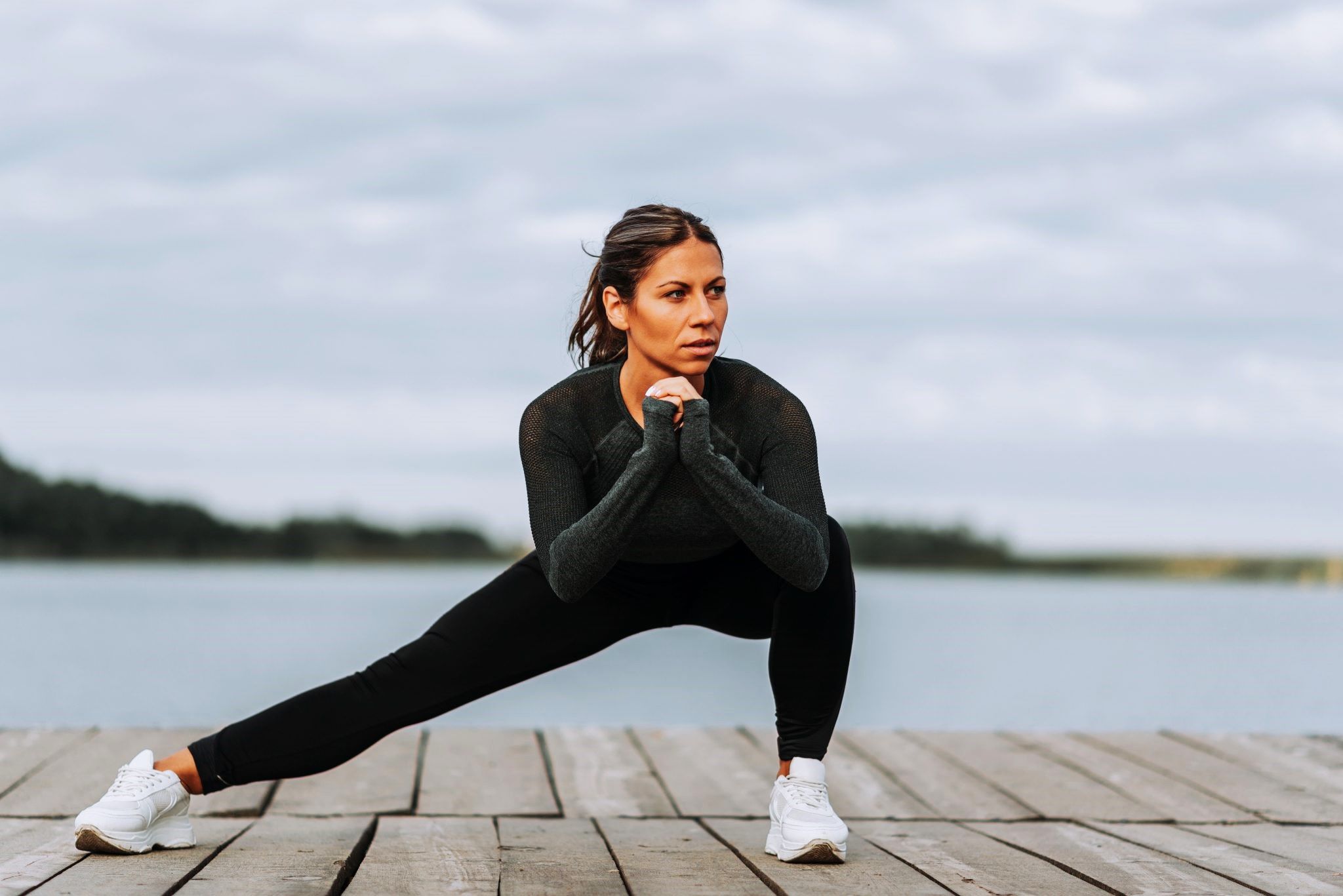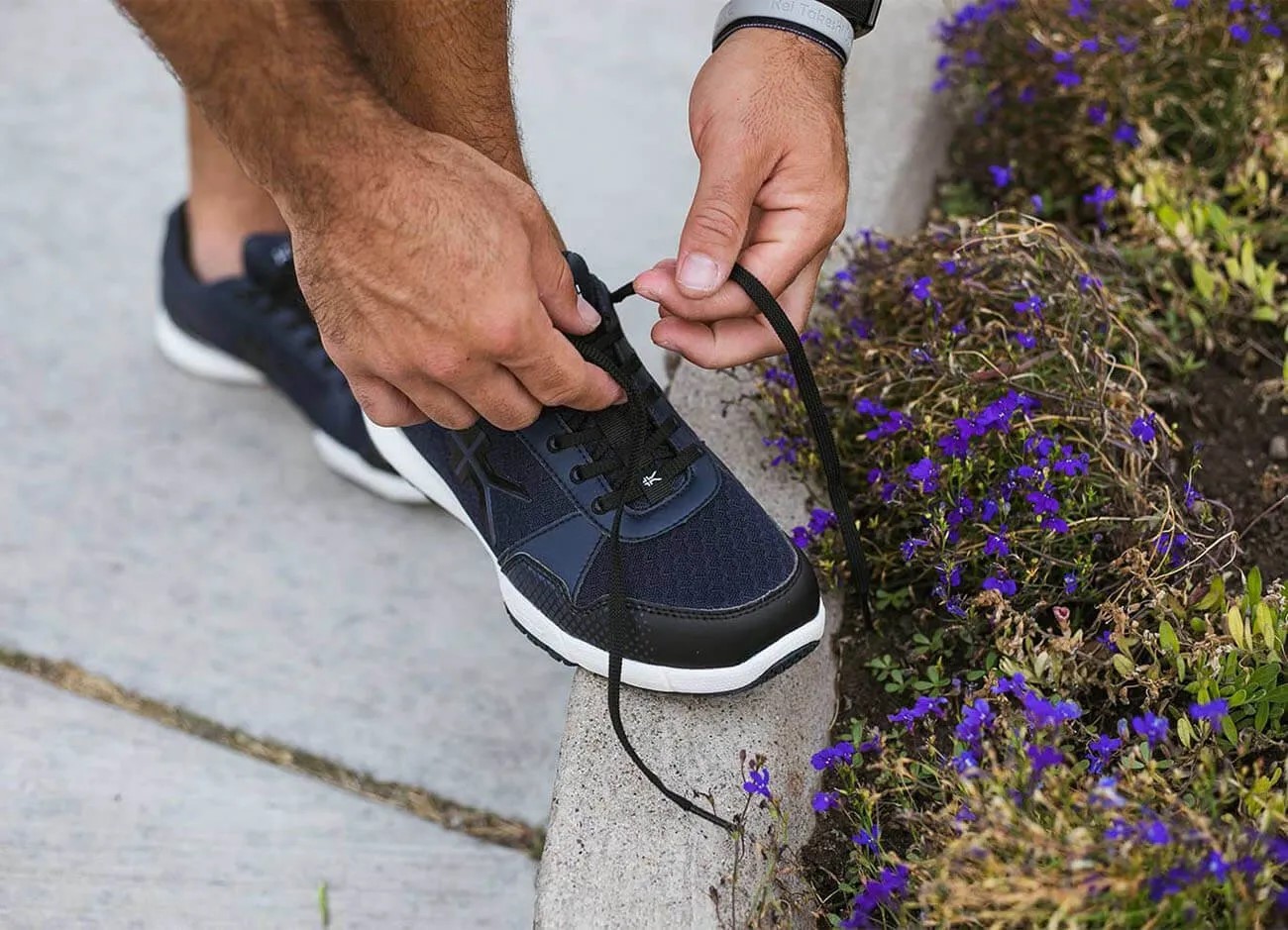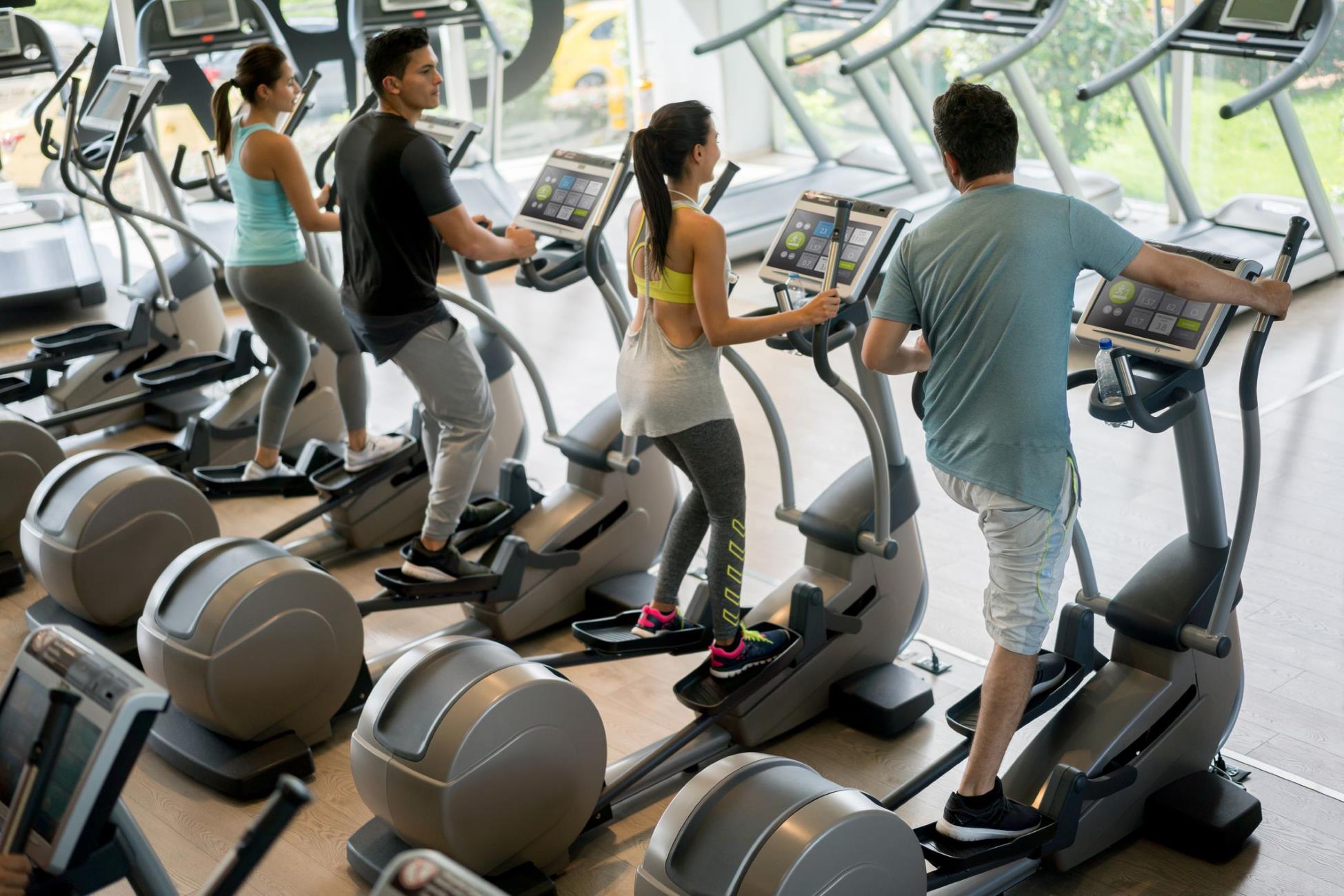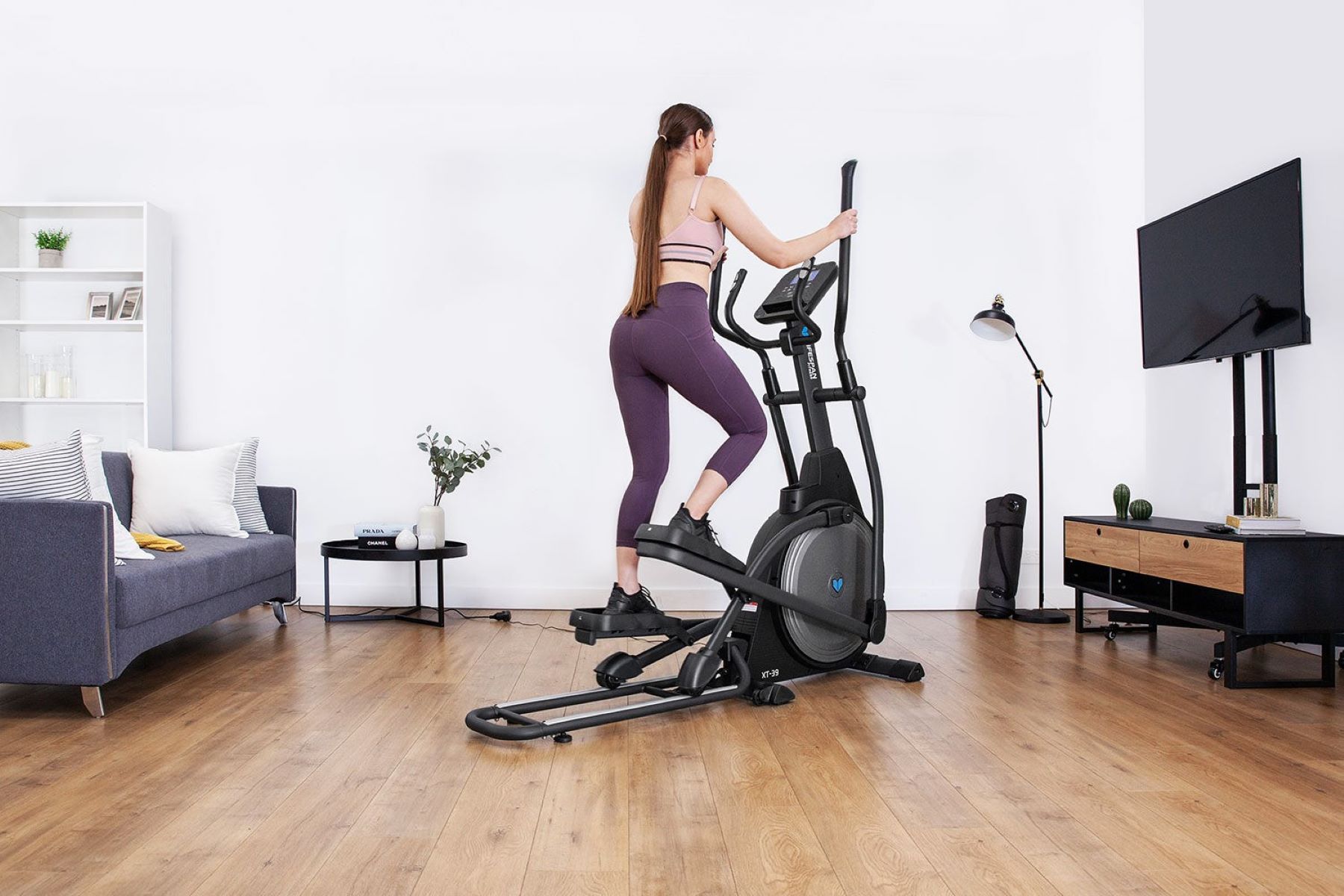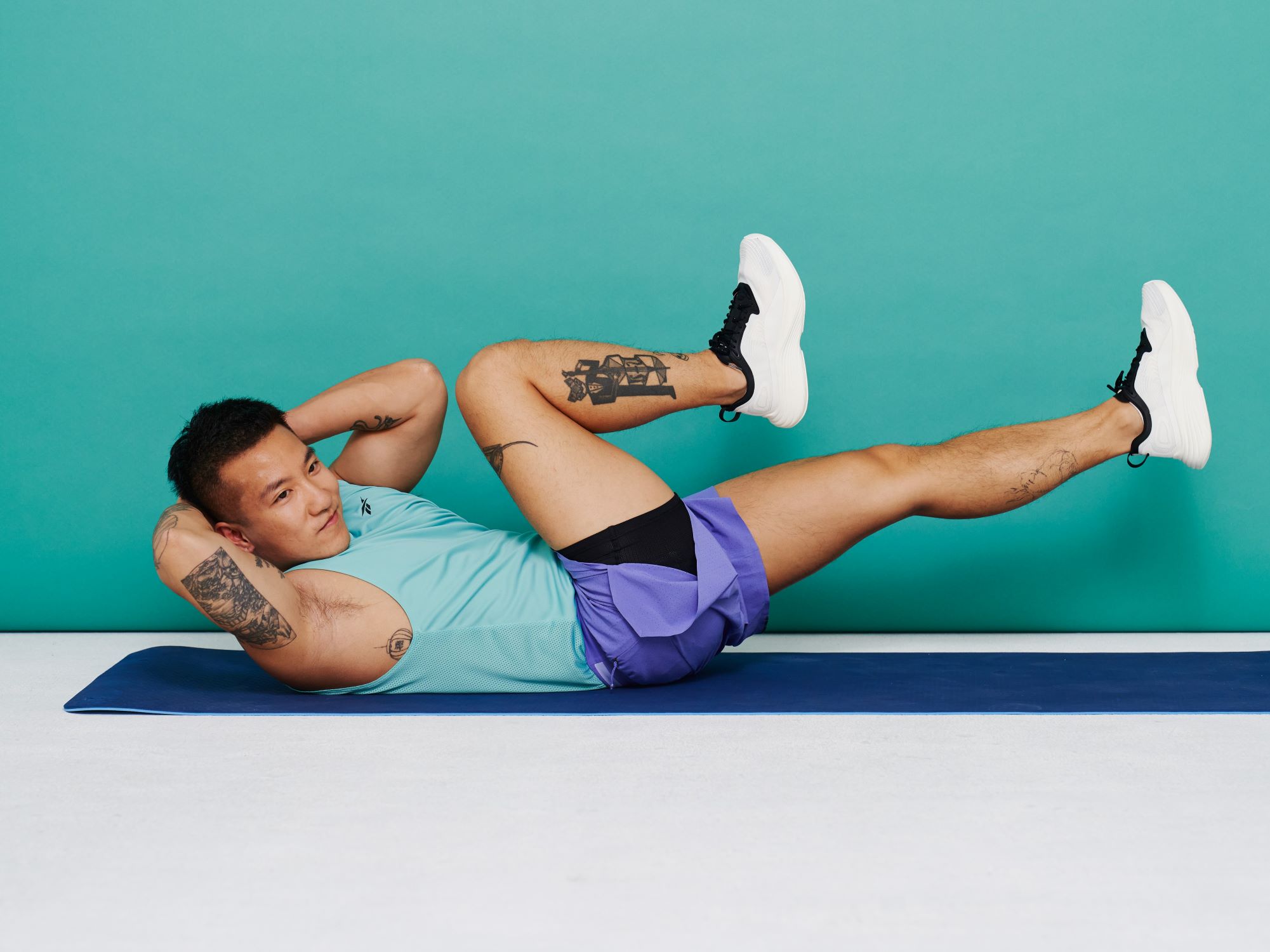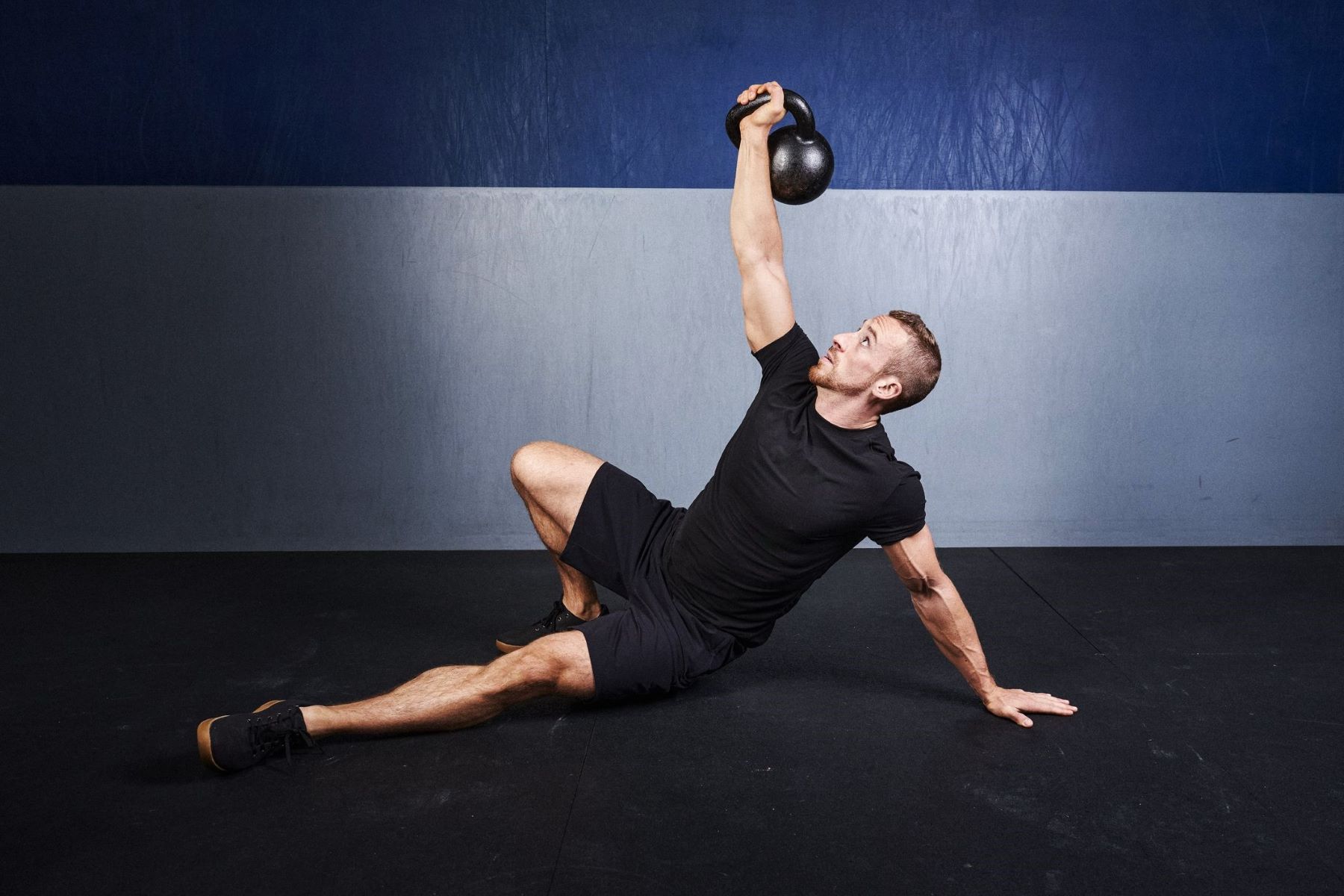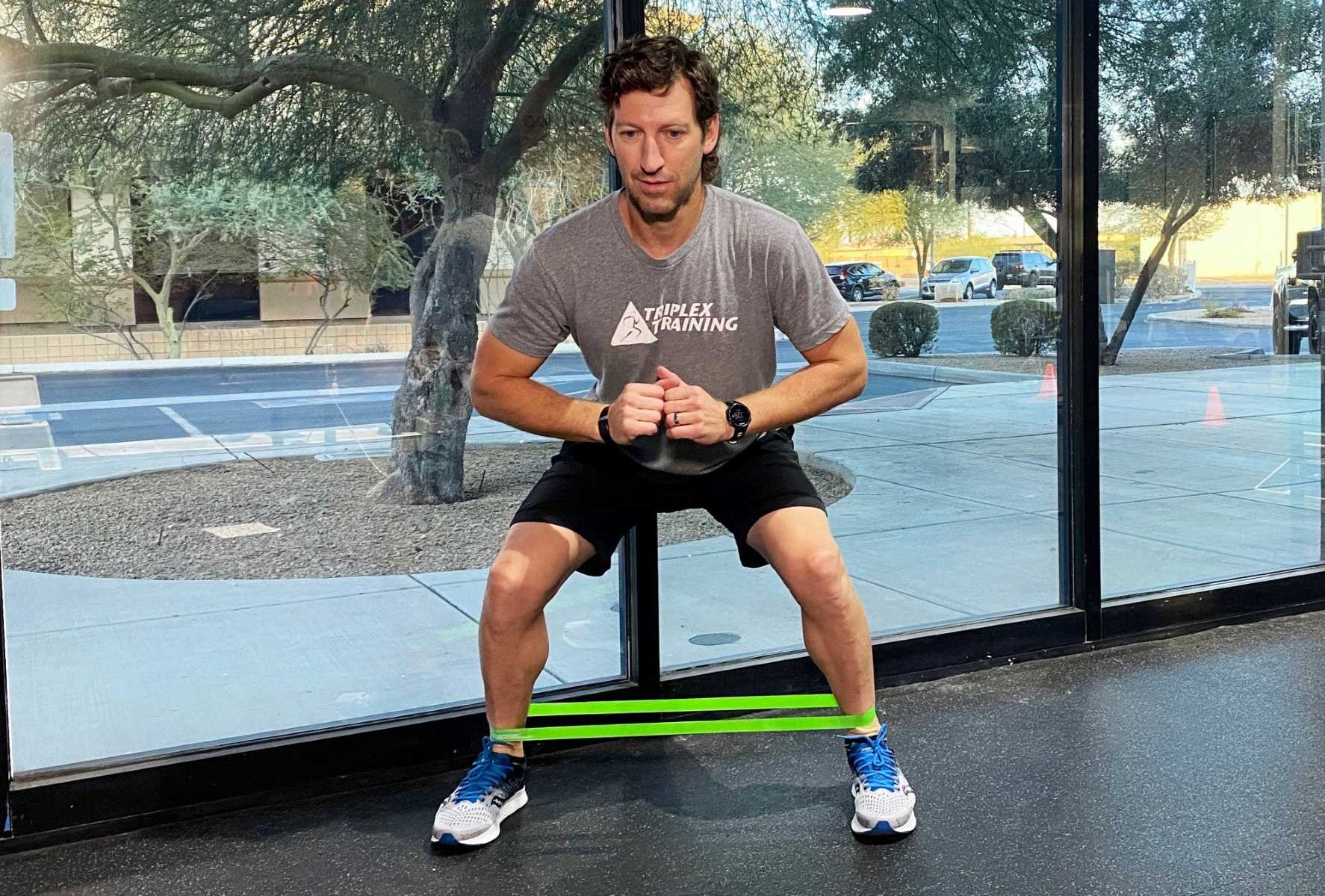Home>Training & Techniques>Mastering The Inchworm Exercise: Proper Technique And Advantages For Runners
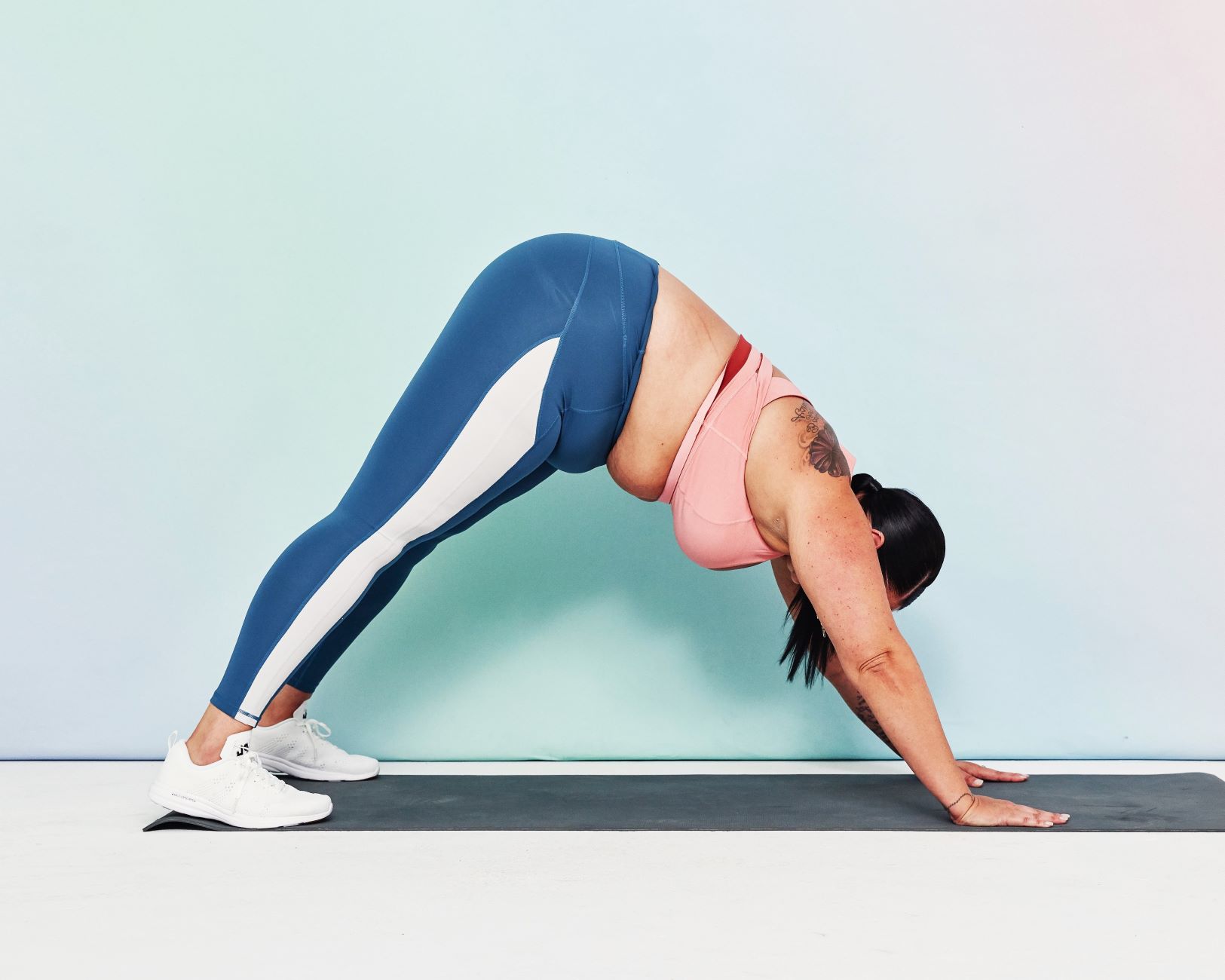

Training & Techniques
Mastering The Inchworm Exercise: Proper Technique And Advantages For Runners
Published: March 6, 2024
Learn the proper technique and benefits of the inchworm exercise for runners. Master this training & techniques to enhance your running performance.
(Many of the links in this article redirect to a specific reviewed product. Your purchase of these products through affiliate links helps to generate commission for Therunningadvisor.com, at no extra cost. Learn more)
Table of Contents
Benefits of the Inchworm Exercise for Runners
The inchworm exercise is a dynamic full-body movement that offers a myriad of benefits for runners. Incorporating this exercise into a runner's training regimen can significantly enhance overall performance and reduce the risk of injury. Here are the key advantages of the inchworm exercise for runners:
-
Improved Core Strength: The inchworm exercise engages the core muscles, including the abdominals, obliques, and lower back. A strong core is essential for maintaining proper running form and stability, thereby reducing the likelihood of muscle imbalances and fatigue during long-distance runs.
-
Enhanced Flexibility: As runners, maintaining flexibility is crucial for preventing injuries and optimizing performance. The inchworm exercise involves a deep stretch of the hamstrings and calves as the body moves from a standing position to a plank, promoting greater flexibility in the lower body.
-
Increased Shoulder Stability: The transition from the plank position to the standing position in the inchworm exercise requires shoulder stability and strength. This is particularly beneficial for runners, as it helps improve posture and upper body control during running, reducing the risk of shoulder-related discomfort or fatigue.
-
Functional Strength Development: The inchworm exercise mimics the movement patterns involved in running, making it a highly functional exercise for runners. By strengthening the muscles used in propulsion and stabilization during running, the inchworm exercise can contribute to improved running efficiency and endurance.
-
Improved Posture and Alignment: Engaging in the inchworm exercise can help runners develop better posture and alignment. This is essential for maintaining proper running mechanics and reducing the risk of overuse injuries associated with poor alignment.
-
Enhanced Mind-Body Connection: The inchworm exercise requires coordination and control, fostering a stronger mind-body connection. This heightened awareness can translate to improved running technique and efficiency, as runners become more attuned to their body's movements and positioning.
Incorporating the inchworm exercise into a runner's training routine can yield significant benefits, ultimately contributing to improved performance, reduced injury risk, and overall physical well-being.
Step-by-Step Guide to Proper Inchworm Technique
The inchworm exercise is a versatile and effective full-body movement that can be seamlessly integrated into a runner's training routine. Mastering the proper technique is crucial for maximizing the benefits of this exercise. Here's a comprehensive step-by-step guide to executing the inchworm with precision and control:
-
Starting Position: Begin by standing upright with your feet hip-width apart. Engage your core muscles to stabilize your torso and maintain a neutral spine. This initial posture sets the foundation for the entire movement.
-
Forward Fold: Hinge at the hips as you slowly bend forward, reaching your hands toward the floor. Keep your knees slightly bent to accommodate your hamstring flexibility. Aim to maintain a straight back as you fold forward, feeling a gentle stretch in your hamstrings and calves.
-
Walk Out to Plank: Once your hands are firmly planted on the ground, walk them forward to assume a high plank position. Your wrists should be aligned with your shoulders, and your body should form a straight line from head to heels. Engage your core and glutes to stabilize your body in the plank position.
-
Hold the Plank: Pause for a moment in the plank position, focusing on maintaining proper alignment and engaging your core and upper body muscles. This is a key element for building strength and stability throughout the body.
-
Walk Back to Forward Fold: From the plank position, walk your hands back toward your feet, returning to the forward fold position. Keep your core engaged and continue to feel the stretch in your hamstrings and calves as you transition back.
-
Return to Standing: Once your hands are near your feet, reverse the forward fold by slowly rolling up to return to the starting position. Maintain control and engage your core as you rise, ensuring a smooth transition back to the upright stance.
-
Repeat the Sequence: Perform a series of repetitions, flowing seamlessly from the forward fold to the plank position and back to the standing position. Focus on maintaining proper form and controlled movements throughout each repetition.
Mastering the proper technique of the inchworm exercise is essential for reaping its full benefits. By following this step-by-step guide with attention to detail and mindful movement, runners can enhance their core strength, flexibility, and overall functional fitness, ultimately contributing to improved performance and injury prevention.
Variations and Progressions for the Inchworm Exercise
The versatility of the inchworm exercise extends beyond its fundamental technique, offering a range of variations and progressions that cater to different fitness levels and training objectives. By incorporating these variations and progressions, runners can continually challenge their bodies, prevent plateaus, and further enhance their overall physical capabilities. Here are several impactful variations and progressions for the inchworm exercise:
1. Inchworm with Push-Up
Integrating a push-up into the traditional inchworm sequence adds an upper body strengthening component to the exercise. After assuming the high plank position, perform a controlled push-up by lowering your body toward the ground and then pushing back up to the plank position before walking your hands back to the forward fold. This variation not only targets the chest, shoulders, and triceps but also intensifies the engagement of the core and stabilizing muscles.
2. Inchworm to Plank with Shoulder Taps
Incorporating shoulder taps into the plank position of the inchworm exercise introduces an element of balance and anti-rotation, further challenging the core and shoulder stability. While holding the plank position, alternately tap your hand to the opposite shoulder, focusing on minimizing any rotational movement in the hips. This variation enhances core control and shoulder strength, promoting greater overall stability during running.
3. Inchworm to Standing Pike
The standing pike variation of the inchworm exercise emphasizes hamstring flexibility and core strength. As you walk out to the high plank position, maintain a straight line from head to heels, then lift your hips toward the ceiling, forming an inverted V shape with your body. This movement intensifies the stretch in the hamstrings while engaging the core and shoulder muscles. Returning to the plank position before walking back to the forward fold completes the sequence.
4. Inchworm with Dumbbell Row
Integrating a dumbbell row into the inchworm exercise introduces an element of unilateral upper body strengthening. After assuming the high plank position, perform a single-arm row with a dumbbell, retracting the shoulder blade and engaging the latissimus dorsi. This variation enhances upper body strength and stability, particularly beneficial for runners seeking to improve arm drive and overall running posture.
5. Inchworm to Single-Leg Plank
Transitioning from the high plank position to a single-leg plank challenges core stability and proprioception. After holding the high plank position, lift one foot slightly off the ground, maintaining a stable and aligned torso. This progression enhances unilateral strength and balance, addressing potential asymmetries and weaknesses that may impact running performance.
By incorporating these variations and progressions into their training routine, runners can continually challenge their bodies, prevent plateaus, and further enhance their overall physical capabilities. Each variation and progression offers unique benefits, contributing to improved strength, stability, and functional fitness, ultimately supporting runners in achieving their performance and injury prevention goals.

